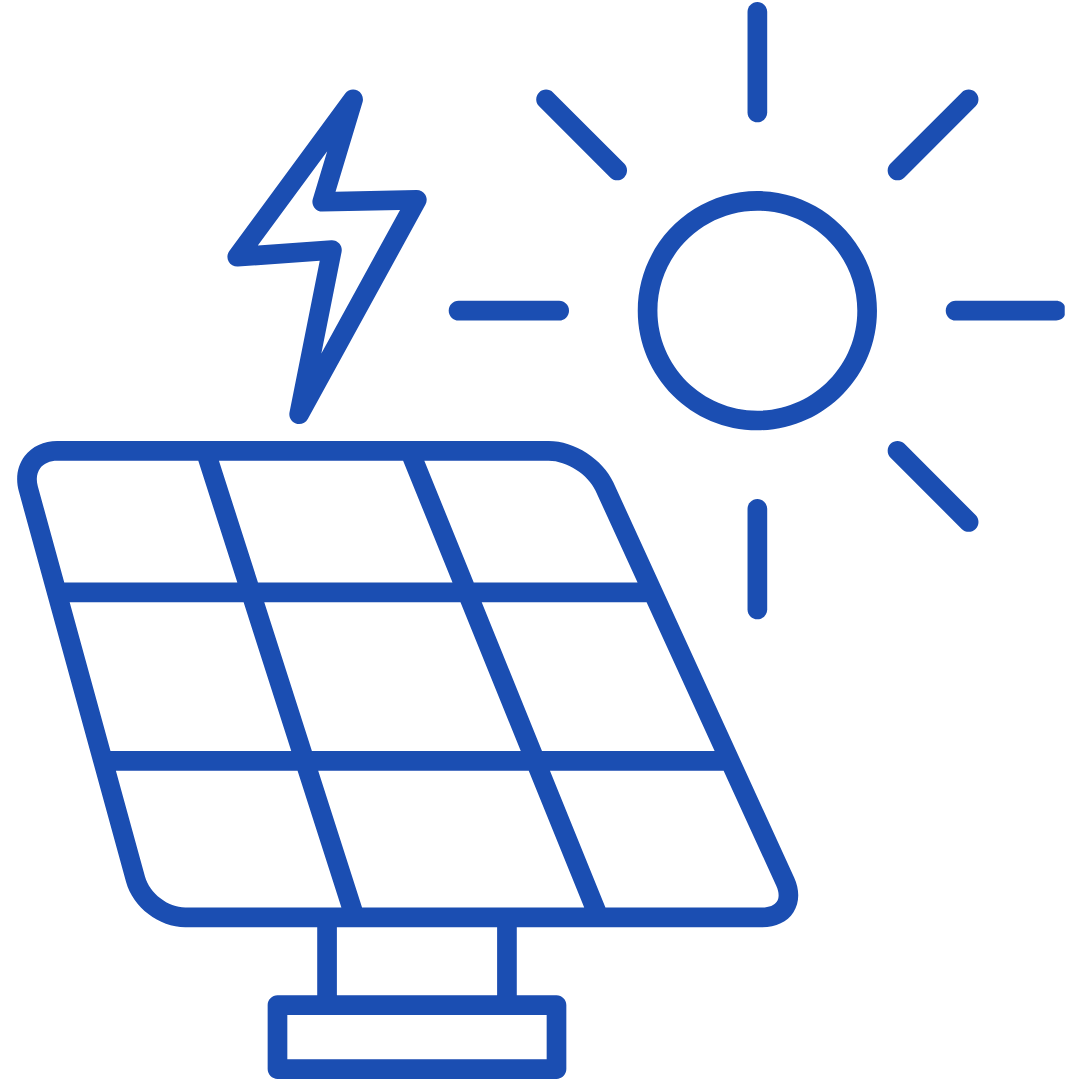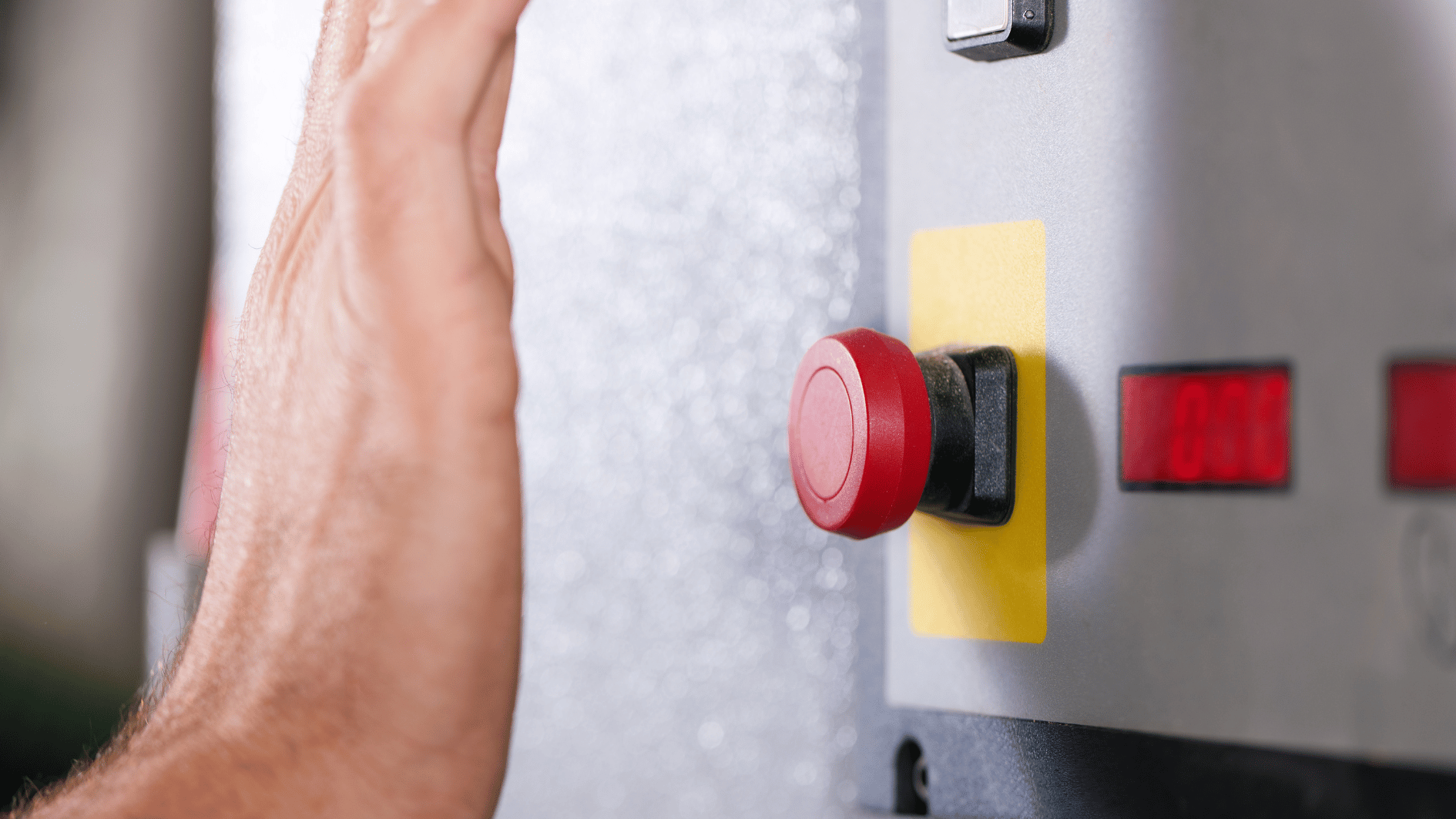Image source: Canva.com
As solar power continues to grow in popularity, safety regulations have become increasingly important to protect both homeowners and emergency responders. One critical safety feature that has emerged in the solar industry is the solar rapid shutdown system. Understanding what solar rapid shutdown is and why it’s essential can help you ensure that your solar installation is not only efficient but also safe in case of emergencies.
What is Solar Rapid Shutdown?
Solar rapid shutdown is a safety feature designed to reduce the voltage of a solar panel system in the event of an emergency, such as a fire. It allows first responders, firefighters, or electricians to quickly deactivate the flow of electricity from the solar panels, minimizing the risk of electric shock or fire hazards.
Without rapid shutdown, solar panels continue to generate electricity as long as they’re exposed to sunlight, even if the rest of the system is turned off. This can make it dangerous for emergency personnel who need to access the roof or work near the electrical components of a solar installation during an emergency.
How Does Solar Rapid Shutdown Work?
Solar rapid shutdown systems are designed to isolate and reduce the high-voltage DC power coming from the solar panels. When activated, these systems quickly lower the voltage of the system to a safe level, usually below 30 volts within a specific time frame – often less than 30 seconds.
Main types of solar rapid shutdown systems
Array-Level Shutdown
This type of system deactivates the entire solar array (the group of panels) at the inverter or combiner box level, which is typically near the panels on the roof or at the ground level. It cuts off power from the panels to the rest of the system, significantly reducing the risk of high-voltage electricity flowing during an emergency.
Module-Level Shutdown
In this more advanced system, individual solar panels are equipped with module-level power electronics (MLPEs) that allow each panel to be deactivated separately. This offers more precise control and faster voltage reduction compared to array-level shutdown systems.
Why Do You Need Solar Rapid Shutdown?

Safety for First Responders
One of the primary reasons for the development of solar rapid shutdown is to protect first responders, especially firefighters. In the event of a fire or other emergencies, shutting down the high-voltage DC power from solar panels is crucial for preventing electric shock hazards. By reducing the voltage to a safe level, firefighters can safely access rooftops, extinguish fires, and work near electrical components without the risk of electrocution.
Compliance with Electrical Codes
In many regions, solar rapid shutdown is not just a recommended safety feature – it’s a legal requirement. The National Electrical Code (NEC) in the United States, for example, mandates the installation of rapid shutdown systems for most residential and commercial solar panel systems. The NEC’s 2014, 2017, and 2020 editions introduced increasingly stringent rapid shutdown requirements, particularly for rooftop installations, to ensure that solar systems can be quickly deactivated in emergencies.
Protecting Your Home
Solar rapid shutdown systems also play a role in protecting your home from electrical fires. In the rare event that a solar panel system malfunctions or experiences an electrical fault, a rapid shutdown system can help prevent electrical surges or other dangerous conditions that could lead to a fire.
Peace of Mind
Knowing that your solar system includes a rapid shutdown feature provides peace of mind for you and your family. In the event of a disaster or power outage, you can rest assured that the solar panels can be quickly and safely deactivated, minimizing any potential hazards.
When is Solar Rapid Shutdown Required?
Solar rapid shutdown is required in most rooftop solar installations under NEC guidelines. The specific requirements depend on the version of the NEC adopted by your local jurisdiction, but in general, any new solar installation on a building’s roof is required to include some form of rapid shutdown capability.
The NEC 2017 and 2020 codes go further by requiring module-level rapid shutdown for most installations, meaning that individual solar panels must be capable of shutting down at the module level, rather than just at the inverter.
If you’re planning to install a solar system or upgrade an existing one, it’s important to check your local electrical codes to ensure your system meets the latest safety requirements.
Types of Solar Rapid Shutdown Solutions
Several technologies are used to implement solar rapid shutdown. Here are the most common:
Module-Level Power Electronics (MLPE)
MLPEs, such as microinverters or DC optimizers, are among the most popular solutions for module-level rapid shutdown. These devices are attached to individual solar panels and allow for greater control over the system’s voltage output. In addition to offering rapid shutdown capabilities, MLPEs can also optimize panel performance and improve the overall efficiency of the system.
Shutdown Devices Installed at the Inverter
Some solar inverters come with built-in rapid shutdown functionality that deactivates the system at the inverter level. This type of shutdown solution is commonly used in array-level rapid shutdown systems and is a cost-effective option for meeting NEC compliance.
Standalone Rapid Shutdown Switches
Some solar installations use standalone switches that are specifically designed to cut off power to the solar array during an emergency. These switches can be located near the panels or near the inverter and are often manually activated by emergency personnel or homeowners.
How to Ensure Your Solar System Has Rapid Shutdown
If you’re installing a new solar system, it’s essential to confirm with your installer that it includes a rapid shutdown system that meets local electrical codes. If you already have an existing solar system, especially one installed before 2014, you may want to check if it complies with current safety standards. Upgrading to include rapid shutdown may be necessary to ensure the system is safe and up-to-date.
Solar rapid shutdown is a vital safety feature that protects both homeowners and first responders from the risks associated with high-voltage electricity generated by solar panels. With increasing adoption of solar energy, rapid shutdown systems have become a standard requirement for rooftop installations, ensuring that solar power systems are not only efficient but also safe in emergency situations.
Whether you’re planning a new solar installation or ensuring your current system is compliant, understanding the importance of solar rapid shutdown can help you make informed decisions for your safety and peace of mind.






